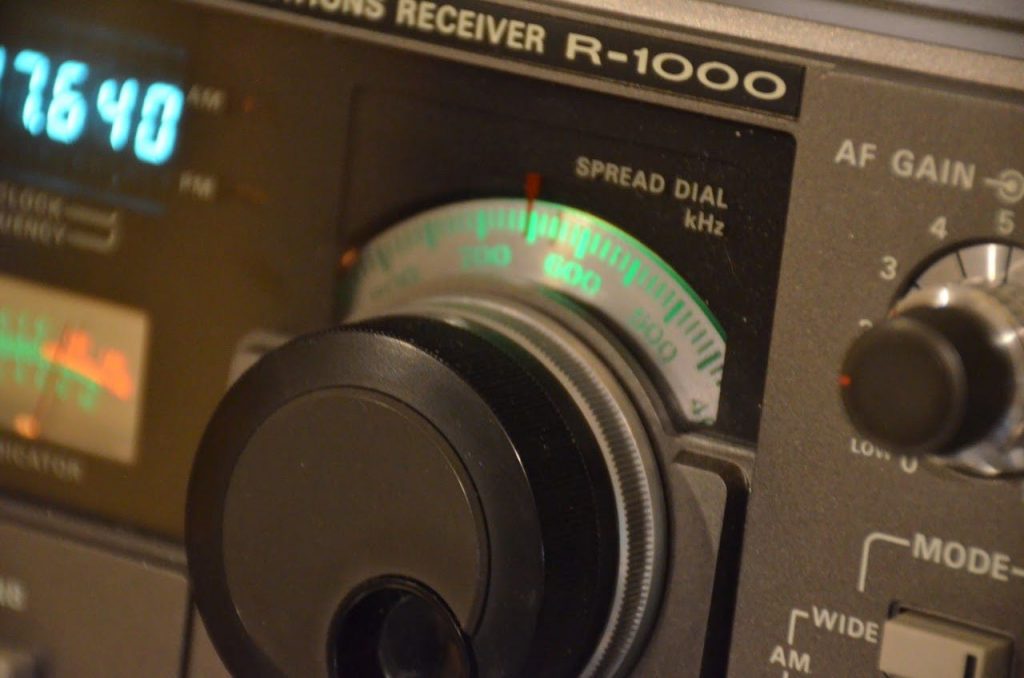(Source: ARRL News via Ron)
The International Amateur Radio Union Region 1 (IARU-R1) Monitoring System (IARUMS) reports that Radio Hargeisa in Somaliland has returned to 7,120 kHz after a break of several weeks, while Radio Eritrea has been reported on 7,140 and 7,180 kHz. Radio Sudan has been transmitting on 7,205 kHz with excessive splatter, IARUMS said. German telecommunications authorities have filed official complaints.
IARUMS has also reported digital signals attributed to the Israeli Navy on 7,107 and 7,150 kHz. In addition, a Russian military F1B signal was observed in mid-November on 7,179 kHz. A Russian over-the-horizon radar has returned to 20 meters on 14,335 – 14,348 kHz. It was monitored on November 22. Earlier this fall, IARUMS reported digital signals from the Polish military daily on 7,001.8 kHz where Amateur Radio has a worldwide primary allocation. Telecommunications officials in Germany filed a complaint.
IARUMS has received reports of short “beeps” exactly 1 second apart, as well as frequency hopping between 10,108 and 10,115 kHz and 18,834 and 18,899 kHz. The signals are believed to emanate from a site near Chicago associated with an FCC-licensed Experimental operation involved with low-latency exchange trading on HF (see “Experiments Look to Leverage Low-Latency HF to Shave Microseconds off Trade Times”). Although Amateur Radio is secondary on 30 and 17 meters, Experimental licenses may not interfere with Amateur Radio operations.


We radio amateurs have had to live with intruders for a very long time. You can say there always are intruders active, but you cannot always hear them. For example many taxi companies in Russia use the 10 m amateur radio band. Many fishing trawlers add beacons in the 10m band to their drift nets. Normally you cannot hear them during the present low sun activity. In the 1970s the “woodpecker” preferred the amateur radio bands. and so on.
Here in Germany we have a good relation to the Bundesnetzagentur, the “German FCC”. In some other countries comparable connections exist. This is important because only official protests have a chance to change anything.
But it is important to report intruders to the band warch officers of the ham radio societies. Especially as shortwave broadcasting is on the decline. Also SWLs can send complaints to the respective officials in their counry.